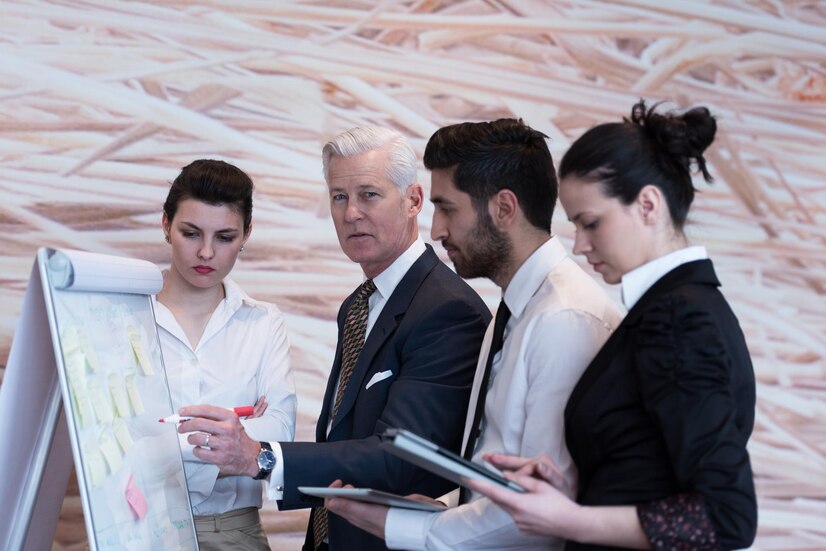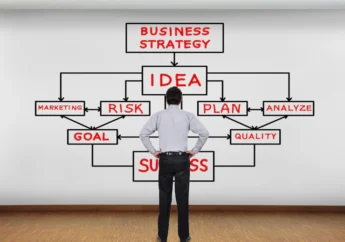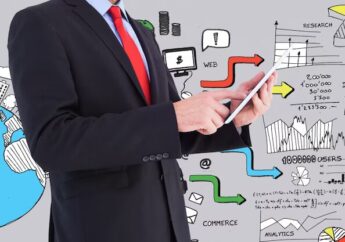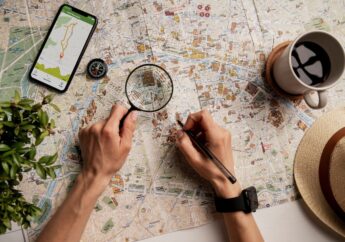Projection-Mapping And Multi-Sensory Experiences For Your Next Event
by Barsha Bhattacharya Business Development Published on: 01 December 2023 Last Updated on: 22 January 2024

In the ever-evolving landscape of event planning, organizers find themselves at the intersection of technology and creativity. They keep seeking innovative ways to captivate audiences and etch indelible memories.
Among the myriad tools available, projection mapping stands out as a transformative force. When seamlessly intertwined with multi-sensory experiences, it creates a symphony of engagement.
This extensive exploration delves into the fascinating world of visual mapping and unravels the myriad dimensions of multi-sensory engagement. Finally, it envisions a future where events transcend the ordinary.
The Artistry Of Projection Mapping
Projection mapping, or spatial augmented reality, emerges as an avant-garde technology that breathes life into static environments.
By employing specialized software and high-powered projectors, this art form transforms surfaces into dynamic canvases.
From buildings and stages to everyday objects—it literally does everything. Furthermore, it fosters an immersive interplay of the virtual and physical realms.
Architectural Alchemy
The prowess of projection mapping lies in its ability to transfigure architecture into an ever-changing tapestry of visuals. Mundane facades metamorphose into cascading waterfalls, historical landmarks narrate their tales through animated displays, and venues become living entities.
This transformative capability not only elevates the aesthetic appeal of the venue but also allows organizers to infuse narrative elements directly into the event space. Thereby, it creates an evolving visual narrative.
Dynamic Stage Productions
Projection mapping’s influence extends beyond the architectural realm, revolutionizing stage design. Traditional backdrops yield immersive visual landscapes choreographed harmoniously with music and live performances.
This symbiosis of technology and creativity transports audiences to fantastical realms. It creates an emotional connection that transcends the boundaries of conventional events. The stage becomes a canvas, and every performance an act of visual poetry.
The Multi-Sensory Revolution
While projection mapping captivates the visual senses, integrating multi-sensory experiences unleashes engagement, stimulating touch, sound, smell, and taste. This holistic approach creates an all-encompassing event experience that resonates with attendees.
Tactile Engagements
Embracing tactile elements introduces a hands-on dimension to events. Interactive installations, textured surfaces, and touch-sensitive interfaces invite active participation, fostering a tangible connection between attendees and the event environment. From responsive walls to touch-sensitive floors, these innovations transform events into immersive playgrounds where touch becomes a conduit for experience.
Harmonic Soundscapes
Sound, a powerful emotional trigger, is central to multi-sensory experiences. Spatial audio systems and acoustic innovations envelop attendees in a carefully crafted symphony. They synchronize perfectly with the visual elements of projection mapping. The result is an auditory landscape that enhances the atmosphere, creating a multisensory feast for the senses.
Aromatherapy And Flavorful Delights
Elevating events to unprecedented heights involves harnessing the power of scent and taste. Aromatherapy stations infuse the air with scents harmonizing with the event theme while curated culinary experiences tantalize the palate.
This fusion of olfactory and gustatory elements creates a holistic journey. The event has become a memorable odyssey through multiple sensory dimensions.
Crafting Unforgettable Experiences
Integrating projection mapping and multi-sensory elements demands meticulous planning and unfettered creativity to orchestrate truly unforgettable events.
Theme Integration
The seamless alignment of projection mapping and multi-sensory elements with the event theme is paramount. Whether orchestrating a corporate gathering, a product launch, or a cultural celebration, the technology should serve as a narrative enhancer. It seamlessly weaves into the event’s fabric to create a cohesive and immersive experience.
Audience Engagement
The essence of projection mapping and multi-sensory experiences lies in interactivity. From touch-responsive installations to audience-triggered visuals, creating opportunities for attendees to engage actively ensures a personalized and memorable event for each participant. Interaction becomes a conduit for forging lasting connections.
Collaborative Creativity
The successful execution of projection mapping and multi-sensory experiences necessitates collaborative efforts. The synergy between event planners, designers, technologists, and artists is paramount. Open communication channels and a shared vision facilitate the seamless integration of technology into the event design, ensuring a harmonious and impactful outcome.
Spatial Design And Storytelling
In the realm of crafting unforgettable experiences, spatial design plays a pivotal role. The strategic placement of projection mapping elements within the event space transforms the venue into a canvas where stories come to life. It is mostly coupled with a compelling narrative.
Finally, by carefully considering the spatial dynamics, organizers can guide attendees on a journey that transcends the ordinary. Thus, creating a three-dimensional narrative that captivates the senses.
Emotional Resonance
Projection mapping and multi-sensory experiences have the power to evoke profound emotions. Organizers can create a deep and lasting impact on attendees by tailoring visuals, sounds, and even scents to resonate with the event’s purpose.
Whether it’s fostering a sense of nostalgia, excitement, or wonder, the fusion of technology and creativity enables the cultivation of emotional connections that linger long after the event concludes.
Technological Innovation
Staying abreast of technological advancements is imperative for pushing the boundaries of what projection mapping and multi-sensory experiences can achieve.
Incorporating the latest innovations, such as augmented reality overlays or haptic feedback, adds an element of surprise and novelty, keeping attendees on the edge of their sensory experience and ensuring that each event remains ahead of the curve.
Accessibility And Inclusivity
Crafting unforgettable experiences extends beyond mere spectacle; it ensures accessibility for all attendees. Considering diverse sensory preferences and physical abilities, event organisers can implement features such as audio descriptions, tactile elements, or inclusive interactive components. This commitment to inclusivity broadens the experience’s reach and reinforces the event’s impact by making it accessible to a wider audience.
Post-Event Reflection And Iteration
The journey continues when the event concludes. Analysing attendee feedback, gauging the impact of the multi-sensory elements, and reflecting on the overall success of the projection mapping integration are crucial steps in the iterative process. By learning from each event, organisers can refine their approach, fine-tune the use of technology, and continuously elevate the standard for crafting truly unforgettable experiences in the future.
Conclusion
Projection mapping and multi-sensory experiences are not mere technological novelties. Rather, they are the vanguards of a new era in event design. As event organizers continue to push the boundaries of what’s possible, the amalgamation of these technologies will undeniably play a pivotal role. Especially in shaping the future of immersive and unforgettable events.
The canvas expands, and the sensory palette deepens. It allows organizers to craft experiences that linger in the minds and hearts of attendees long after the event concludes. Embrace the future of events – where every surface is a canvas, and every sense is a portal to extraordinary possibilities. In the marriage of technology and creativity, the great awaits.
Read Also:



































































































